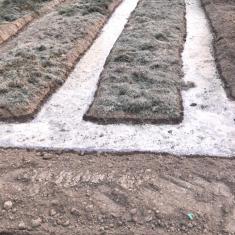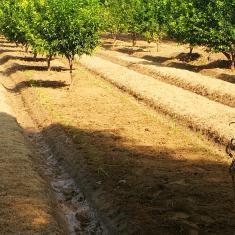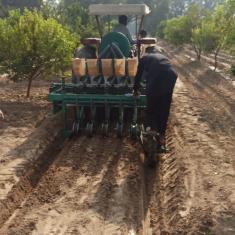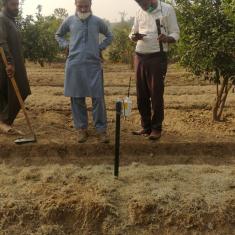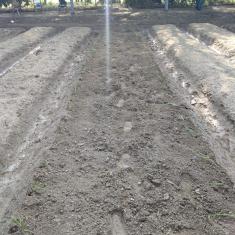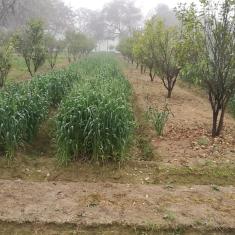Field Investigations of Nature-inspired Agricultural Practices
Smart agriculture and Sustainability have been garnering rapid global importance to counter and contain the threats to the environment and quality of life. It has become an urgent need of the hour to tackle the challenges of rapid escalation in food production needs, food security, climate change, the quality of yield and efficient use of resources. Smart agriculture includes the incorporation of communication technologies into agricultural practices. One of the many benefits of such technologies is the utilization of time and resource inputs effectively for farmers, it also successfully reduces the ecological footprint of farming by adopting environment friendly methods.
Center for Water Informatics and Technology (WIT) at LUMS, has thus initiated the project of an experimental field in October 2020. It was installed for the purpose of an in-depth examination and understanding of crops and their yield through organic practices. The field is also digitalized through the deployment of an imaging trolley that uses multi spectral camera for 2D imaging and LiDAR as the 3D mapping and imaging instrument which provides live documentation. GPS sensors that measure coordinates for location accuracy have also been mounted in the trolley. The seeds of wheat, cauliflower and strawberry have been sowed and are growing under a careful evaluation with sustainable methods. Wheat seeds were sowed at a precise distance from each other with sustainable protocols in place; no fertilizers or pesticides have been used. The result was an organic increase in the fertility of the soil. Furthermore, sensor technology has been deployed on two different depths for the purpose of soil moisture monitoring and estimation to gather data regarding precise crop water requirements. Such sensory technologies play a beneficial role towards water conservation as they provide the exact or near exact readings of the quantity of water required by the crop to grow thus reducing the chance of improper usage. The agricultural field took it a level up with the installation of a weather station. The deployed technology is responsible for measuring weather parameters such as temperature, humidity, windspeed, wind direction and rainfall. These parameters are measured at the span of every ten minutes. The data provided by the station aids in the preparation of preemptive measures to protect the crops which may be harmed by harsh weather conditions. The field is further digitalized by satellite monitoring to reduce human intervention.
The aim is to advance agricultural practices in the country and to encourage smart farming for a sustainable future.


